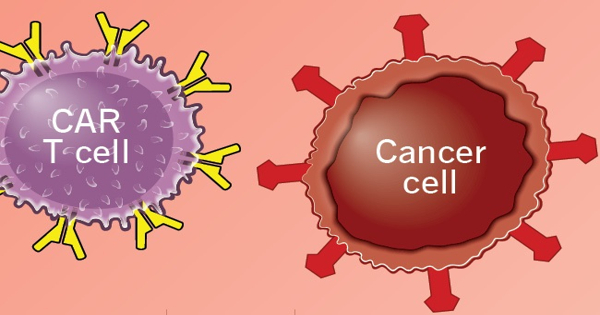Pain can have a substantial impact on a person’s health and have serious negative repercussions such as poor nutrition, decreased appetite, aberrant sleep patterns, exhaustion, and impairment of daily living tasks. Pain can damage one’s mental state and slow healing and recovery from accidents and illnesses.
Opioids are an effective treatment for a variety of intractable painful illnesses; nevertheless, issues with worldwide opioid access for safe and rational pain management lead to avoidable suffering. Despite advances in understanding of the biology of pain in recent years, these issues persist.
Global opioid sales climbed by an estimated 4% each year from 2015 to 2019, according to a study lead by UCL researchers, yet enormous discrepancies in access to crucial pain treatment medications remain.
According to the findings published in The Lancet Public Health, opioid usage in several African and South American countries was less than one-tenth of one percent of rates in wealthier countries such as North America, Europe, and Australia.
These findings highlight the importance of recognizing palliative care and pain management as worldwide public health priorities. In nations where opioid analgesics are already widely available, it is critical to avoid opiate addiction and overprescribing without undertreating patients.
Professor Ian Wong
Some countries are catching up, since the general image of opioid usage is one of gradual geographic convergence. As a result of attempts to decrease incorrect prescribing in order to combat lethal opioid addiction in North America, various European countries, led by Switzerland, Germany, and Spain, have surpassed the United States in opioid sales.
“We found that while there is some progress in a lot of nations, there are still concerningly low rates of opioid usage in huge portions of the world, especially in several middle-income countries,” stated lead author Dr. Wallis Lau (UCL School of Pharmacy).
“Since the World Health Organization designated opioids as an essential class of therapy for acute pain, cancer-related pain, and palliative care in 1977, it is distressing that people in many regions of the world are unable to receive this treatment. There is an urgent need to address the global opioid access gap. Despite a high cancer prevalence, some countries have low opioid analgesic usage, which could indicate a lack of availability to opioid analgesics as a much-needed pain treatment.”

Between 2015 and 2019, the researchers examined worldwide pharmaceutical sales data from 66 countries or regions from the IQVIA-Multinational Integrated Data Analysis System database on opioid analgesics (painkillers). This comprised both prescription and over-the-counter drugs, as well as morphine and codeine. They discovered that opioid analgesic sales grew from 27.52 milligrams morphine equivalent per 1,000 inhabitants per day in 2015 to 29.51 in 2019.
The highest prevalence was reported in Canada, at 988 MME per 1,000/day, a decrease from 1,581 in 2015. In comparison, the UK rate was 639 MME per 1,000/day, a modest decrease from 2015. At the other end of the spectrum, a group of 12 West African countries reported only 0.01 MME per 1,000/day, while a few other countries, including three in South America, reported rates below 1 MME per 1,000/day.
According to the researchers, the disparities go beyond factors such as wealth, overall healthcare network quality, or cancer rates, since there are variances in doctors’ and patients’ views toward the use of opiate pain relievers. Some very rich countries, such as the United Arab Emirates and Saudi Arabia, reported very low rates of 0.79 and 1.24, respectively, while others, such as Kazakhstan, showed low rates of opioid usage (5.4) despite significant cancer prevalence or cancer mortality rates.
Opioid consumption increased over the study period in the majority of low-use areas, including Eastern Europe, Asia, and South America, but not in Africa.
Professor Ian Wong (UCL School of Pharmacy and the University of Hong Kong) stated as a co-senior author: “These findings highlight the importance of recognizing palliative care and pain management as worldwide public health priorities. In nations where opioid analgesics are already widely available, it is critical to avoid opiate addiction and overprescribing without undertreating patients.”
“Our research argues for global policies to increase the integration of palliative care and pain relief provision into healthcare systems, as well as the promotion of end-of-life care education and staff training,” said first author Chengsheng Ju (UCL School of Pharmacy).
Comprehensive guidelines for goal-directed and patient-friendly chronic opiate therapy may improve the prognosis for chronic pain management in the future. Patients and professionals will benefit from improved pain education in undergraduate and postgraduate courses. The prospect of new drugs, combined with the use of multimodal techniques, holds the possibility of providing effective pain relief to future generations of patients.
















